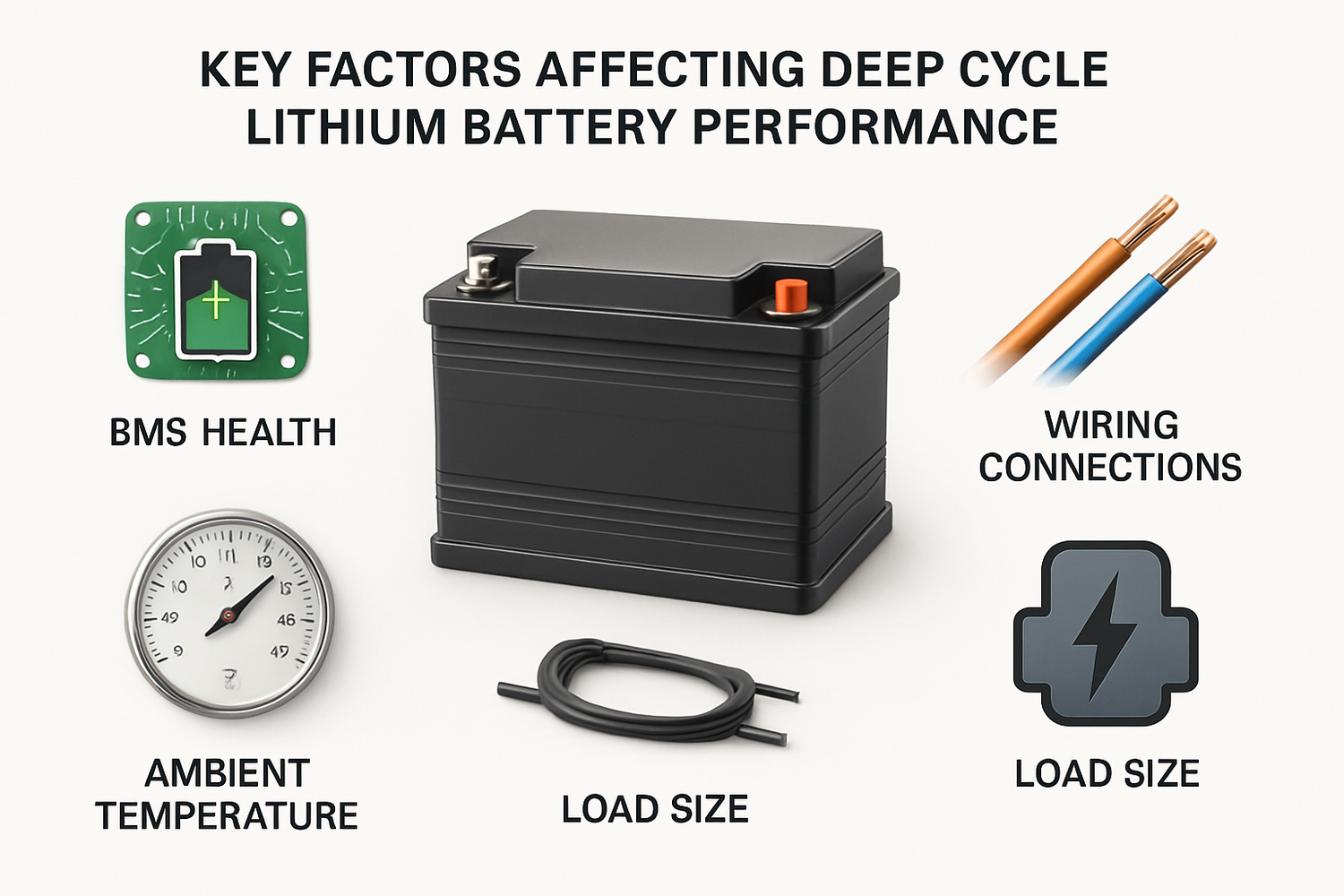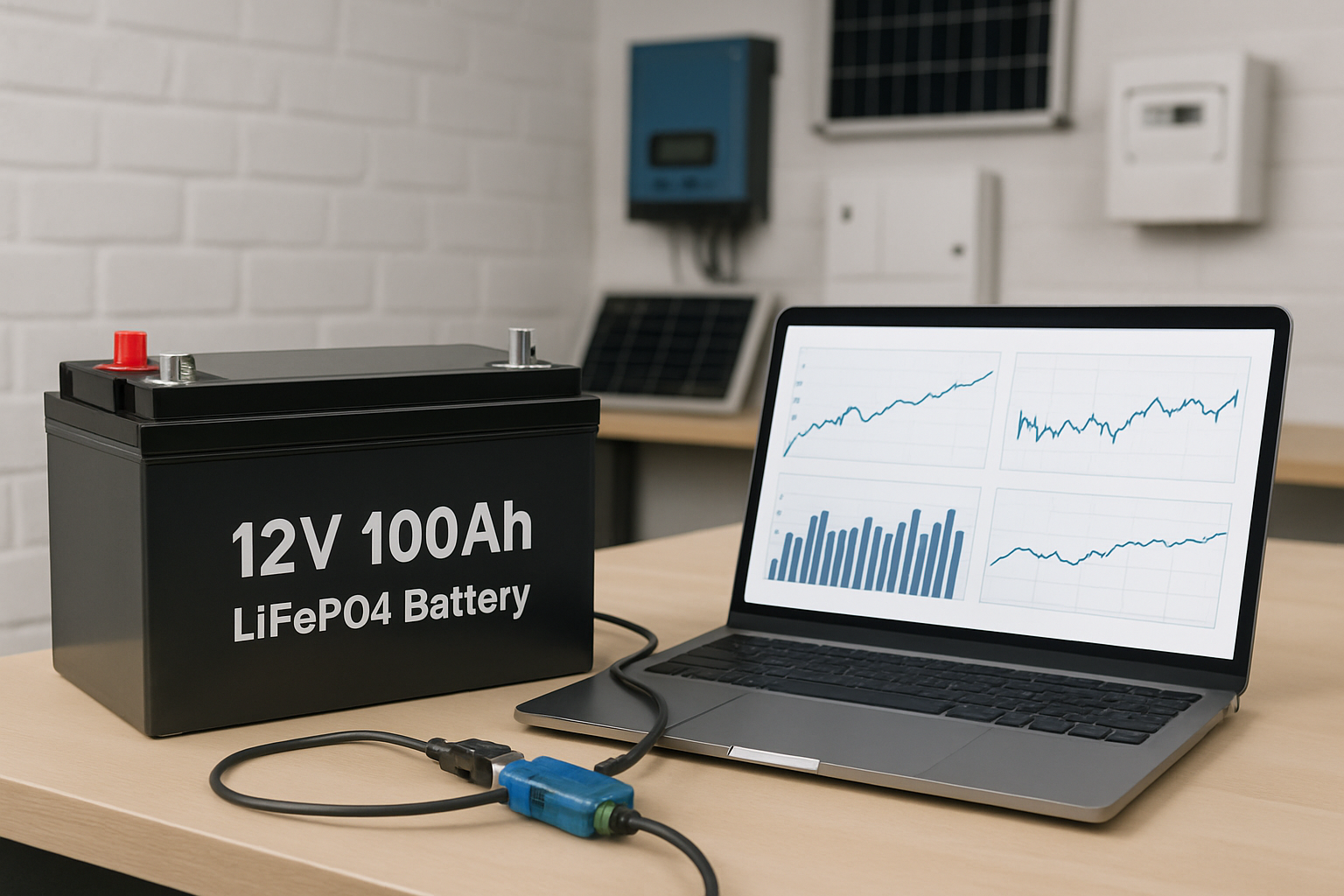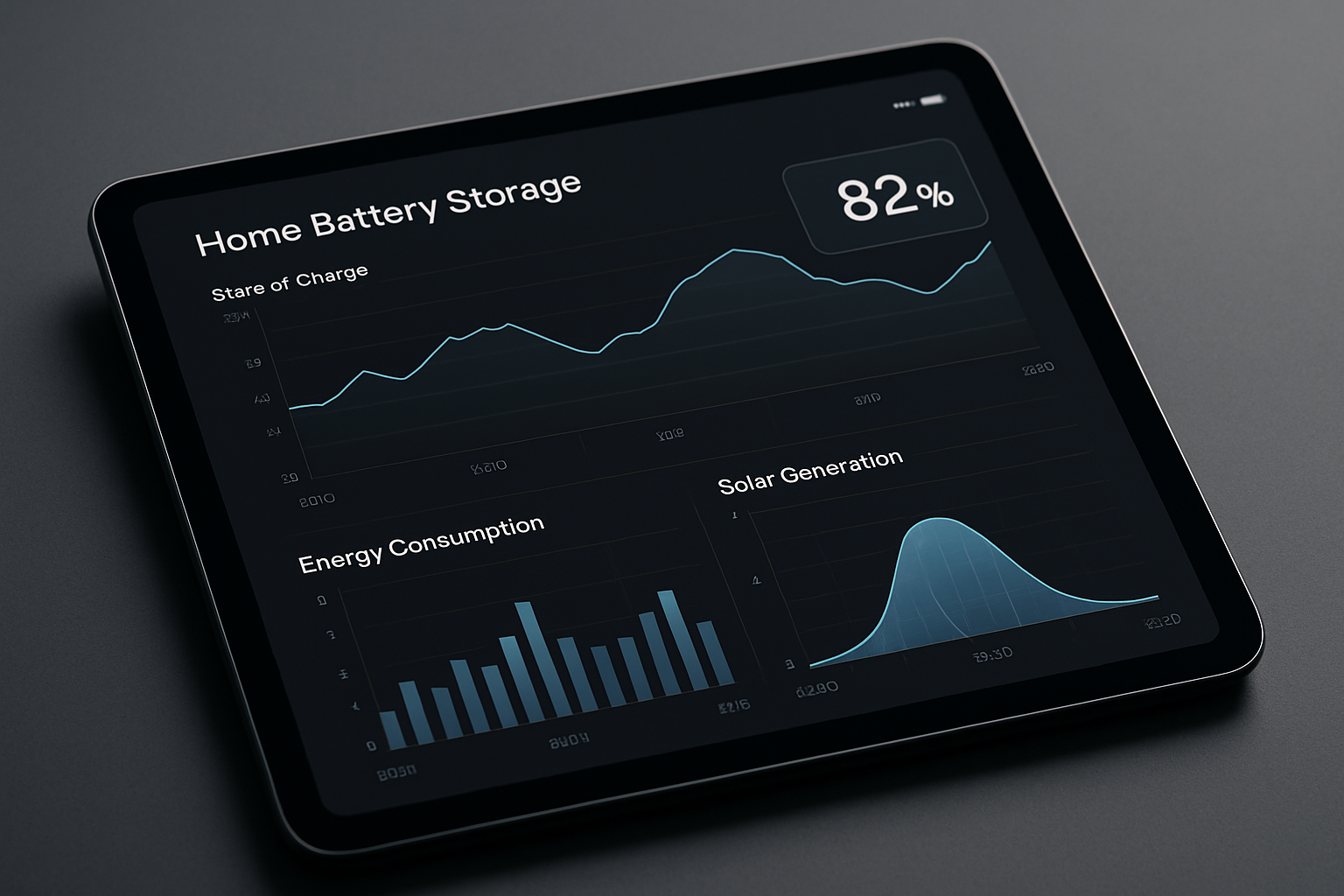You invested in a deep cycle lithium battery, expecting superior performance and a long lifespan for your hybrid energy system. Yet, you might be noticing that it isn't delivering as promised. Perhaps your off-grid cabin has less power than before, or your home battery storage system doesn't last through the night. This situation can be frustrating, but the cause is often identifiable and correctable. This guide provides a systematic approach to diagnose why your lithium battery is underperforming and outlines practical steps to restore its efficiency.
Recognizing the Signs of an Underperforming Battery
Before diving into diagnostics, it's important to confirm the symptoms. An underperforming lithium ion deep cycle battery exhibits several clear signs that go beyond simply running out of power faster. Pinpointing these indicators is the first step toward a solution.
Diminished Capacity and Shorter Runtimes
The most obvious symptom is a noticeable reduction in how long the battery powers your appliances. If a fully charged 100ah lithium ion battery that once ran your equipment for ten hours now only lasts for six, its effective capacity has diminished. This means the total energy it can deliver is less than its specification, pointing to potential underlying issues with the battery or the system it's part of.
Significant Voltage Drops Under Load
When you turn on a high-power appliance, do your lights dim or does other equipment falter? This could be due to a significant voltage drop. A healthy lithium battery maintains a stable voltage until it is nearly depleted. A sharp, immediate drop when a load is applied suggests high internal resistance or a problem with the battery's ability to deliver current, which can trigger your inverter's low-voltage cutoff and shut down your system prematurely.
Inconsistent Charging Behavior
Observe the charging cycle. Does the battery take much longer to charge than it used to, or does it seem to stop charging before it's full? These issues can be traced back to the Battery Management System (BMS), which might be halting the charge due to detecting an abnormality like cell imbalance or high temperatures. A well-functioning battery should accept a charge smoothly and predictably.
Essential Diagnostic Checks for Your Hybrid System
Once you've identified the symptoms, the next step is to perform a few fundamental checks. Often, underperformance isn't caused by a faulty battery but by external factors or incorrect configurations within your hybrid system performance monitoring setup.
Verifying Your Battery Management System (BMS) Data
The BMS is the brain of your lithium phosphate battery, protecting it from damage. Accessing its data is crucial for diagnostics. Look for fault codes, check individual cell voltages to identify imbalances, and monitor temperature readings. Many performance issues stem from the BMS engaging its protective protocols. As noted in the IEA's Energy and AI report, optimizing battery management systems is a key area of innovation, highlighting their importance in overall battery health.
Inspecting Physical Connections and Wiring
Never underestimate the basics. A loose terminal, a corroded connection, or an undersized cable can create resistance, leading to heat generation, voltage drops, and energy loss. Systematically check every connection point from the battery terminals to the inverter and charge controller. Ensure all lugs are securely crimped and that the cables are thick enough to handle the current without overheating.
Evaluating Environmental Factors
LiFePO4 batteries are sensitive to temperature. Operating them in extreme heat will accelerate degradation and reduce their lifespan. Attempting to charge them below freezing (0°C or 32°F) can cause permanent damage unless the battery has a built-in heating function. Ensure your battery is installed in a location with adequate ventilation and protection from extreme temperatures to maintain optimal performance.
Analyzing System Configuration and Load Mismatches
If the physical checks and BMS data don't reveal an issue, the problem may lie in how your system is configured. A mismatch between the battery's capabilities and the system's demands is a common source of underperformance.
Are Your Charger Settings Correct?
Using incorrect charging parameters is a frequent cause of poor performance and can even damage your battery. Your solar charge controller and inverter charger must be specifically configured for a LiFePO4 battery. Using settings for lead-acid batteries will result in undercharging or overcharging.
| Parameter | Voltage |
|---|---|
| Bulk/Absorb Voltage | 14.2V - 14.6V |
| Float Voltage | 13.5V - 13.8V |
| Equalization | Disabled (14.4V max) |
| Low Voltage Cutoff | 11.2V |
Is Your Load Exceeding the Battery's Capabilities?
Every battery has a maximum continuous discharge rating. If your connected appliances draw more current than the battery or its BMS can safely provide, the BMS will shut down to protect the cells. Check the specifications of your 12v 100ah LiFePO4 lithium battery and compare them to the power requirements of your loads. Ensure you have a large enough battery bank to handle peak demand without stressing the system.
The Impact of Depth of Discharge (DoD)
Lithium batteries are known for their ability to handle deep discharges. However, as explained in IRENA's Innovation Outlook: Smart charging for electric vehicles, applications like grid balancing require a high depth of discharge tolerance. While you can regularly use 80-90% of the battery's capacity, consistently discharging it to 100% can slightly reduce its overall cycle life. If you find your battery is always fully depleted, it might be undersized for your energy needs.
Advanced Troubleshooting and Performance Optimization
If standard checks don't resolve the issue, a few advanced techniques can provide deeper insights. These steps help you quantify the battery's health and understand how to optimize its long-term performance.
Performing a Controlled Capacity Test
The most definitive way to measure your battery's health is with a capacity test. This involves fully charging the battery, then discharging it with a known, constant load until it reaches its low-voltage cutoff. By measuring the total amp-hours delivered, you can determine its actual capacity compared to its rated capacity. This test will clearly show if the battery itself has degraded or if the problem lies elsewhere in the system.
The Importance of Proactive Monitoring
Diagnosing a problem is one part of the solution; preventing future issues is the other. Implementing a robust monitoring strategy is key. For a complete overview of the metrics to track, the ultimate reference for solar storage performance offers a detailed breakdown. Consistent monitoring allows you to spot trends like falling capacity or increasing cell imbalance early, before they become critical problems. As global reliance on renewable energy grows, the need for effective energy storage becomes paramount. The International Renewable Energy Agency's report, Renewable Power Generation Costs in 2024, emphasizes that battery deployment must expand significantly to support a renewables-based power system.
A Proactive Approach to Battery Health
An underperforming deep cycle lithium battery can disrupt your energy independence, but it's a problem that can often be solved with methodical troubleshooting. By starting with the most common culprits—connections, settings, and environmental conditions—and then moving to more advanced diagnostics, you can effectively identify and address the root cause. A healthy, well-maintained lithium battery is the core of a reliable and efficient energy storage solution, ensuring you get the maximum return on your investment for years to come.
Frequently Asked Questions
Why did my lithium battery suddenly stop working?
This is often a protective measure by the Battery Management System (BMS). It could be triggered by over-voltage, under-voltage, high temperature, or a short circuit. Check your system for any of these faults and reset the BMS according to the manufacturer's instructions after correcting the issue.
Can I mix old and new lithium batteries in the same bank?
It is strongly discouraged. Mismatched capacities and internal resistance will lead to severe cell imbalances during charging and discharging. This causes the entire bank to underperform, reduces its lifespan, and can permanently damage the new batteries.
How much does temperature really affect my LiFePO4 battery?
Temperature has a significant impact. High temperatures (above 45°C or 113°F) accelerate chemical degradation, reducing the battery's lifespan. Very low temperatures (below 0°C or 32°F) can drastically reduce available capacity and make charging unsafe, potentially causing permanent damage through lithium plating.





Leave a comment
All comments are moderated before being published.
This site is protected by hCaptcha and the hCaptcha Privacy Policy and Terms of Service apply.